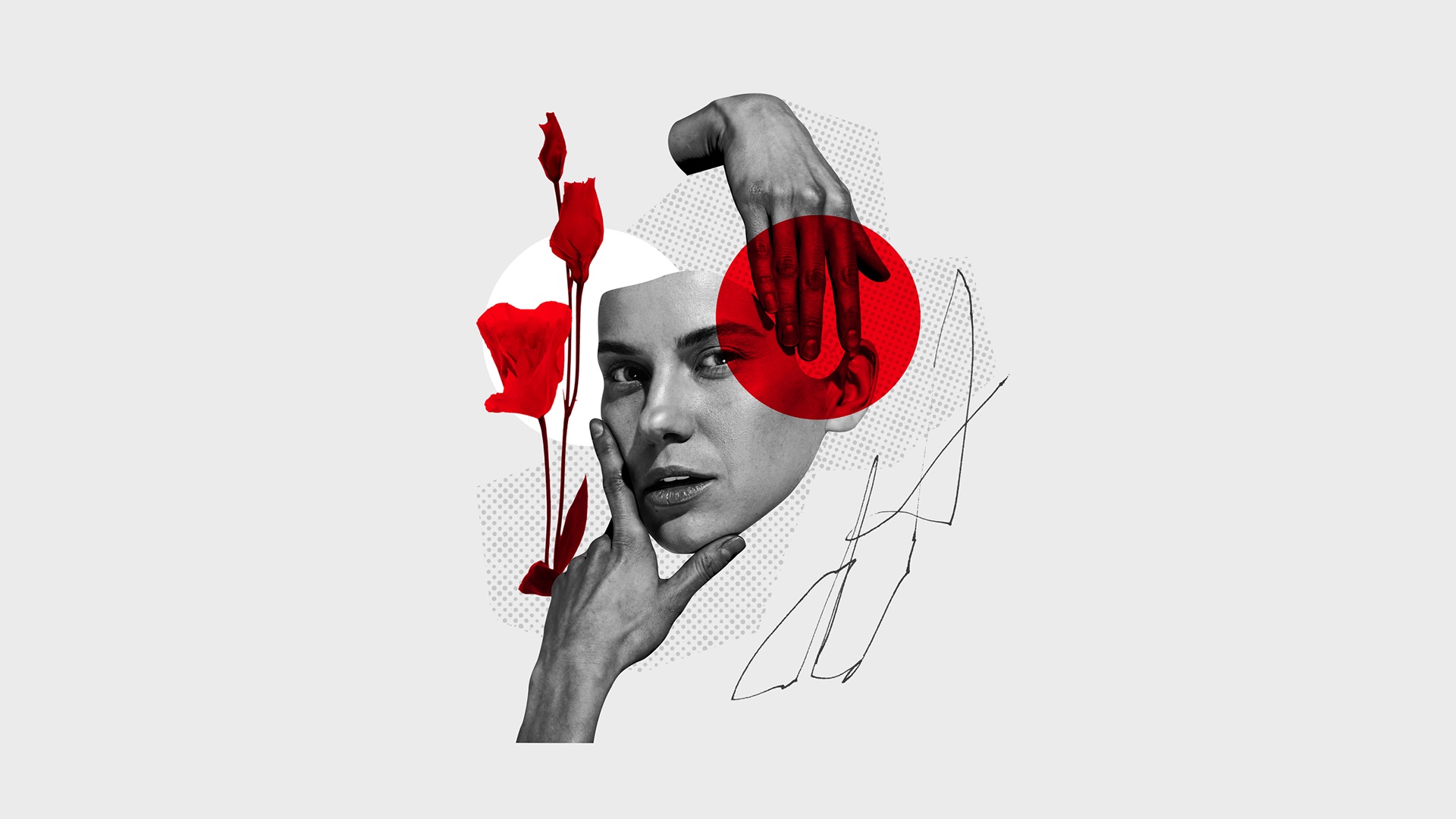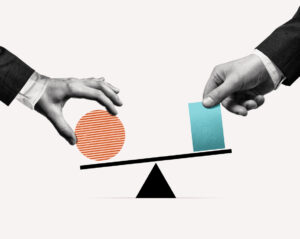What’s the first thing that comes to mind when you look at the color red? Some would say: ‘Danger!’ Or, possibly ‘Passion’, ‘Love’. Either way, they would be right! Yet there is so much more to the color red than meets the eye – from its psychological and physiological effects on an unwitting audience, to the brands that have taken ownership of its hues and become synonymous with it.
So let’s ask ourselves why is red an important part of color theory in branding and how you can identify if harnessing the power of red is the right direction for your brand.
The Color Theory of Red | Into the Psychology
Red is an incredibly emotion-led color. With strong ties to love, passion and desire; people will often link red to feelings of urgency, energy and even anger. This intensity can stir up powerful feelings in consumers and this in turn can cause a strong emotional consumer-to-brand connection.
On a physiological level, red has been shown to actually increase your heart rate and even stimulate appetite, which is why it’s particularly effective in the food and beverage industries. Think of KFC, McDonald’s and Chic Fil A…these places are trusted by communities to serve up delicious food, fast. Red grabs you by the eyeballs and doesn’t let go so for these brands, this is a red-hot brand choice.
Red also has a unique ability to stir up a sense of urgency or excitement within even the most passive of consumers. It’s a color that pushes people to act quickly, whether that’s making a purchase, subscribing to a service, or engaging with an ad. Fun fact: This is also why red is frequently used in call-to-action buttons or to highlight key offers in advertisements.
Red Across Cultures
We know that Red is a color with a lot of feelings (us too, red, us too). Its symbolism shifts dramatically depending on where you are in the world. Culturally in the west, red is commonly associated with feelings of love and desire. It’s the color we associate most with hearts, roses, and fire. Alternatively, thanks to red’s prominence in stop signs and alerts, it’s also associated as a symbol for danger or as a warning.
In Eastern cultures, red is widely recognised as a symbol of good fortune, happiness, and celebration. In China specifically, red plays a central role in joyous occasions such as festivals and weddings, where it is believed to bring luck and ward off evil spirits.
Meanwhile, in Latin American cultures, red is all about strength, courage, and power, traits which are, again, tied to passionate love and fiery determination. Red truly is a color with global reach, with its message and emotional charge resonating across various cultures and industries.
Branding Red | Who’s Doing it Right?
As we have explored, red is an emotionally charged color and demands to be felt, as well as drawing attention. Which explains why so many high-energy and action-oriented brands have placed red at the core of their brand identity, coating their logos and marketing materials in this high-energy hue. Famous brands like Coca-Cola, Target, and Netflix all utilize red to energize their audience and build excitement around their products and services. Let’s dig deeper into these red giants.
Coca-cola
An iconic red logo and packaging which is known and loved by us all. Coca-cola has been synonymous with energy, excitement, and refreshment for over a century. Red in their branding not only creates an emotional response but also triggers the idea of happiness (in every bottle), celebration and the ideal of togetherness. The color choice perfectly aligns with their position as a drink of choice for social gatherings, sports events and shared moments of enjoyment with those we love most. Not to mention, their ties to the holidays with their world-renowned ‘Holidays are Coming’ TV commercial from the 90’s. Santa and Coca-cola…the duo we have always needed that continues to scream red!
Target
Target is another great example of a brand who uses red as its primary color. With a sense of urgency and warmth created by this hue, consumers are invited to feel both energized and welcomed as they shop. The use of red in Target’s signage, advertisements, and even in-store design encourages impulse buys and makes their stores instantly recognizable – even from a mile away. It’s an inviting yet bold statement, reinforcing the brand’s mission to make shopping an enjoyable and accessible experience.
Netflix
Then, we have Netflix, which uses red in both its logo and within the streaming giant’s interface. Red in Netflix’s case symbolizes the thrill of watching a new show, movie, or binge-worthy content, encouraging users to engage (think also of the classic popcorn container of red and white!). Their use of red is synonymous with entertainment that is dynamic, fast-paced, and always ready for your next viewing experience. With red, Netflix sparks curiosity and action, drawing users in with the promise of entertainment at their fingertips; not only that, but staying brand consistent via their use of red has allowed them to maintain a competitive edge and differentiation across this market. You see blue? It’s Amazon Prime…but when red flashes up on your screen teamed with the classic ‘duh duuuh’ of its opening tune, you know it’s time to Netflix.
Using Red in Your Branding | What to Look Out For
Red can be an incredibly effective tool in your branding toolkit, but it’s important to use it strategically. Red works best when you want to energize your audience. It’s particularly effective in industries like retail, food, and entertainment, where immediate action is often required.
However, be mindful of the amount of red you use. Too much red can be overwhelming or even intimidating. To create a balanced and effective design, combine red with more neutral tones or softer accent colors. For example, using red alongside black, white, or gray can provide a striking contrast without overwhelming the viewer.
When used correctly, red can create a bold and memorable impression that drives action and keeps your brand top of mind.



